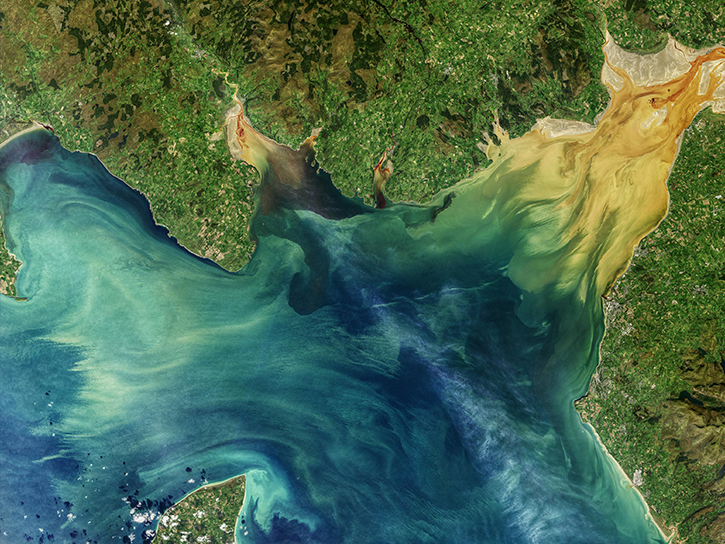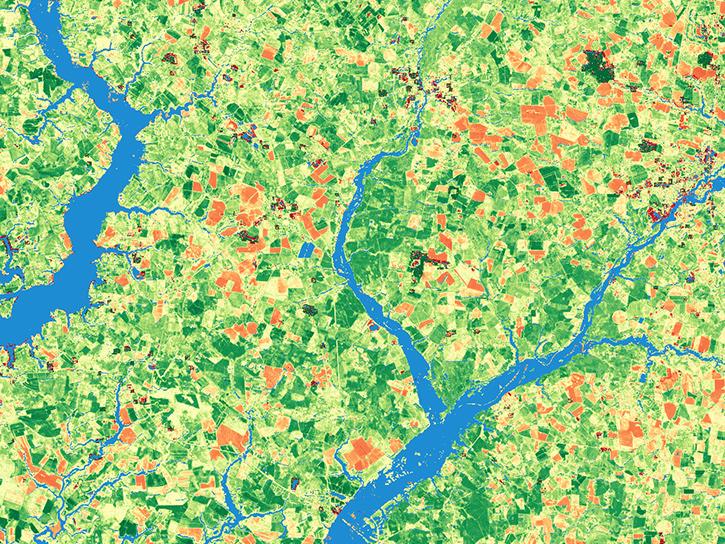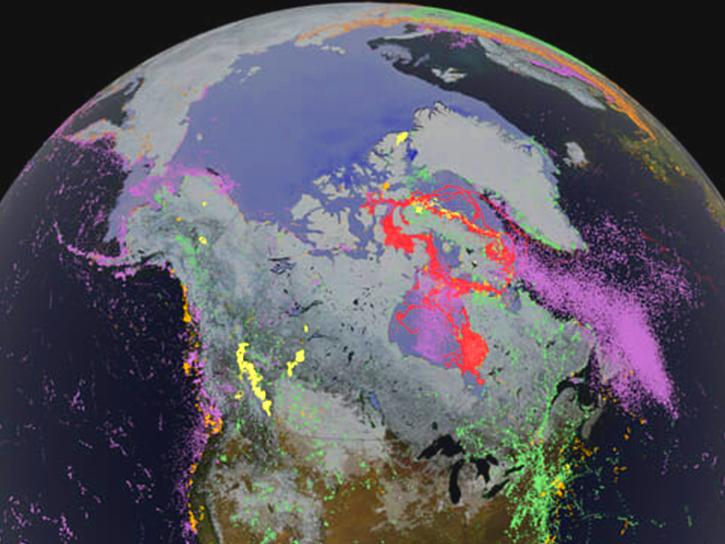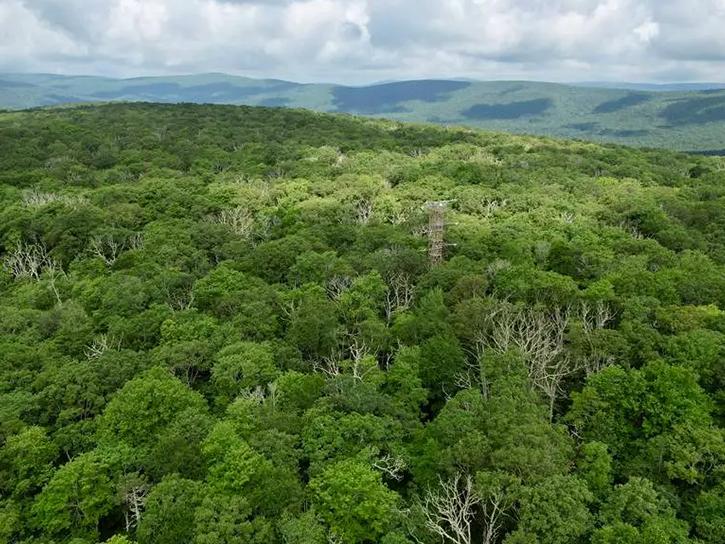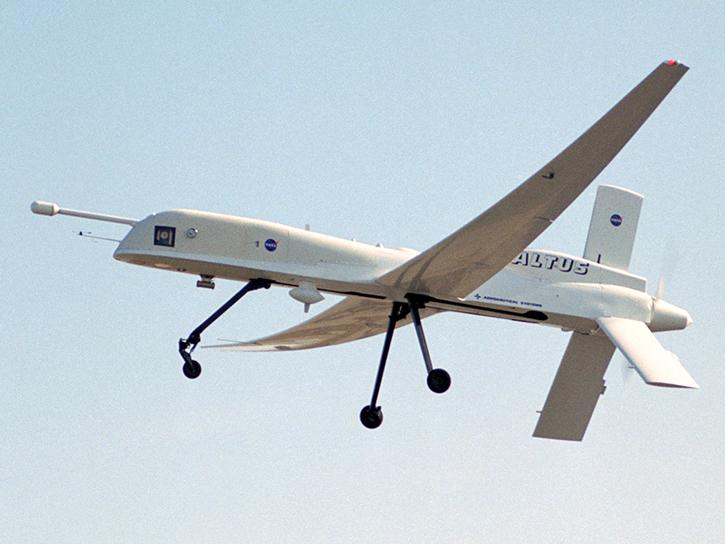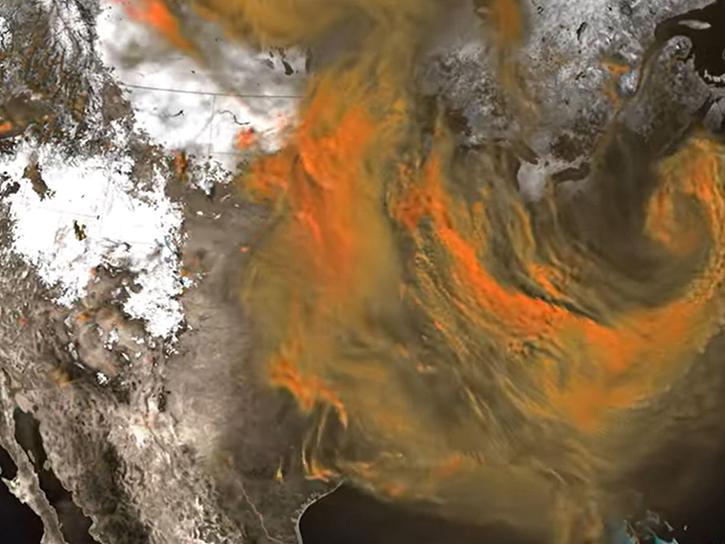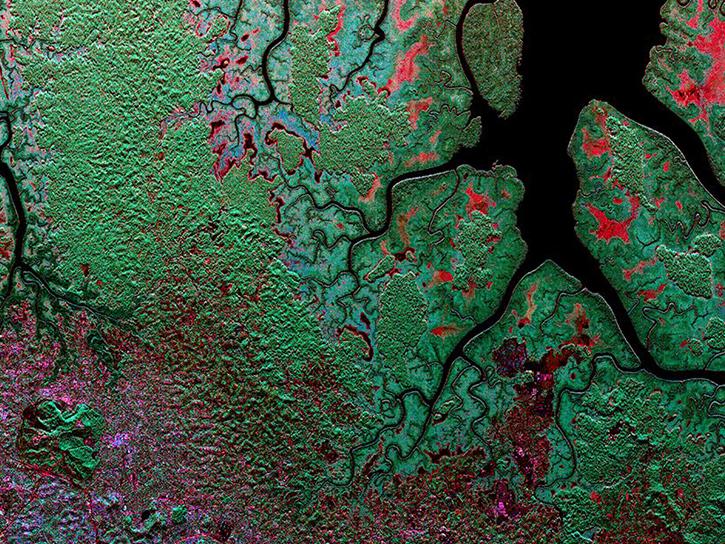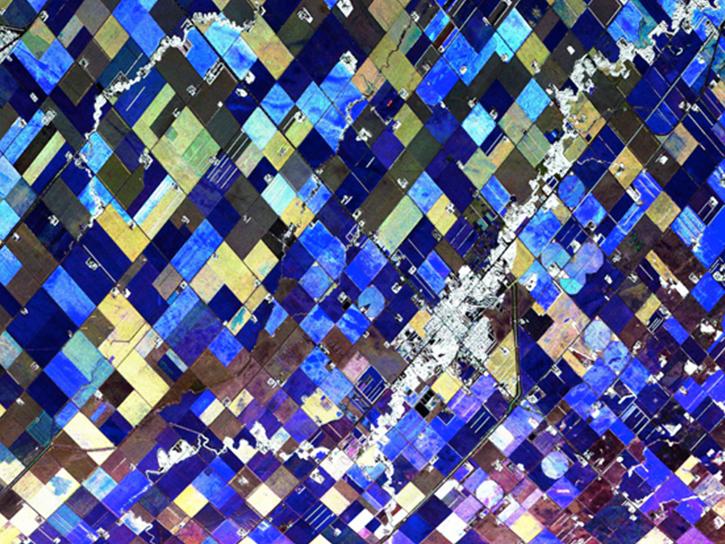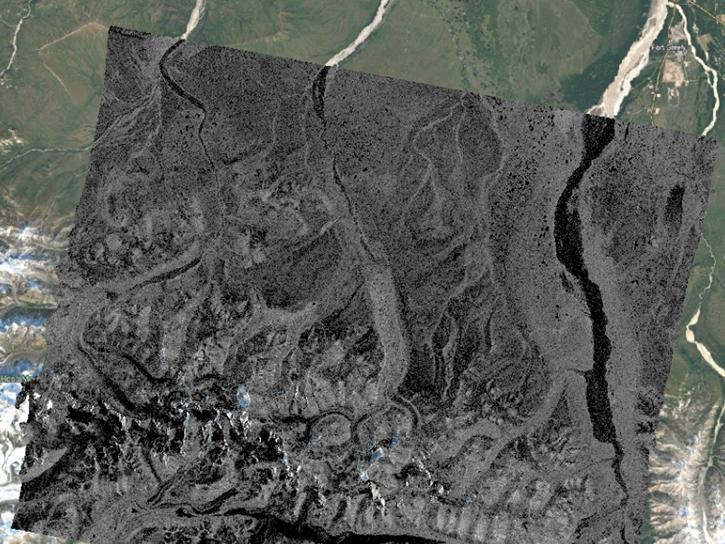We are in the process of migrating all NASA Earth science data sites into Earthdata from now until end of 2026. Not all NASA Earth science data and resources will appear here until then. Thank you for your patience as we make this transition.
Read about the Web Unification Project
Featured Projects
NASA's Applied Remote Sensing Training (ARSET) program teaches people to use Earth-observing data in their environmental management and decision-making.
The Harmonized Landsat and Sentinel-2 (HLS) project generates global land surface reflectance data every 2 to 3 days at 30 meter resolution.
Explore All Projects
Filters
NASA's Arctic-Boreal Vulnerability Experiment (ABoVE) field campaign linked field-based, process-level studies with geospatial data products derived from airborne and satellite sensors, helping researchers better understand climate change in the Arctic and Boreal regions.
ACCP aimed to determine whether a sound theoretical and empirical basis existed for the estimation of nitrogen and lignin concentrations in ecosystem canopies from remote sensing data.
The ALTUS Cumulus Electrification Study (ACES) studied electrical activity within storms and validated satellite observations from the Lightning Imaging Sensor (LIS).
ACT-America was a multi-year NASA field investigation that focused on studying atmospheric carbon dioxide and methane transport across the Midwest, Mid-Atlantic, and southern United States.
The AfriSAR campaign collected data to derive forest canopy height, structure, and topography in Gabon, West Africa.
AirMOSS provided high-resolution observations of root-zone soil moisture over nine major North American biomes.
ALOFT aimed to observe terrestrial gamma-ray flashes (TGFs) and gamma-ray glows in thunderstorms and thelp validate observations from other NASA projects.
The creation of radiometric terrain corrected (RTC) products was a project of the Alaska Satellite Facility to make SAR data accessible to a broader community of users.
